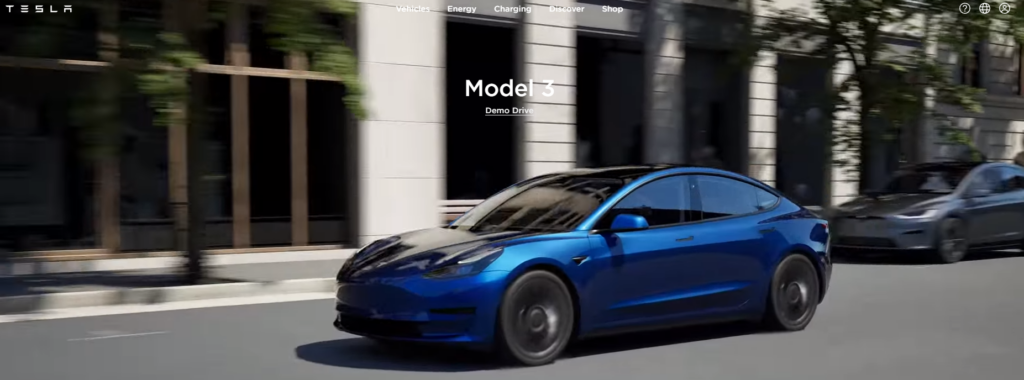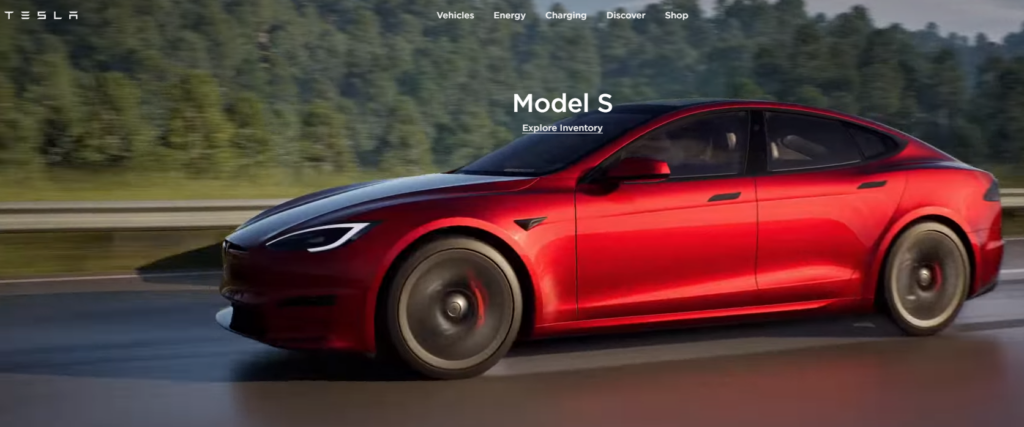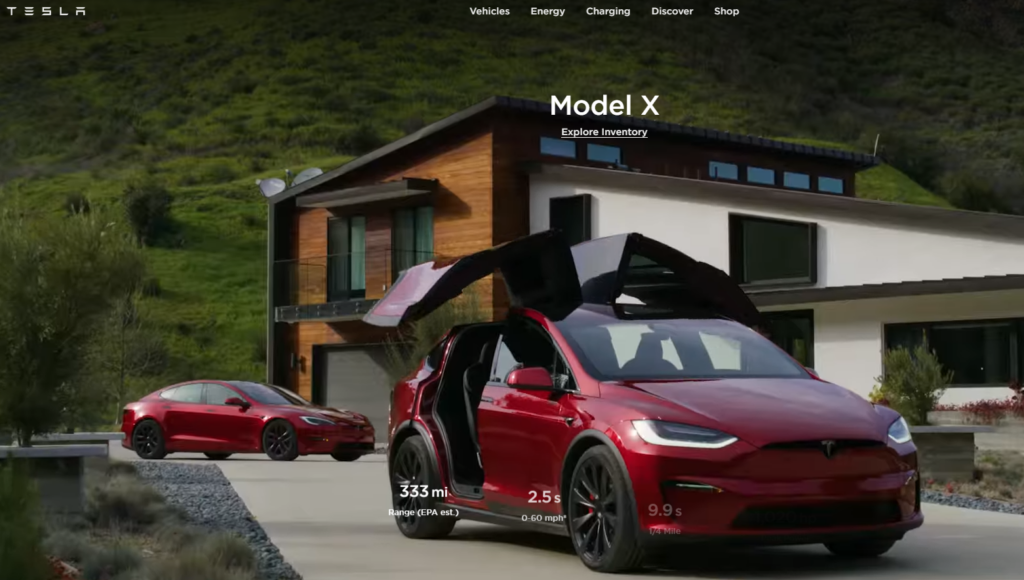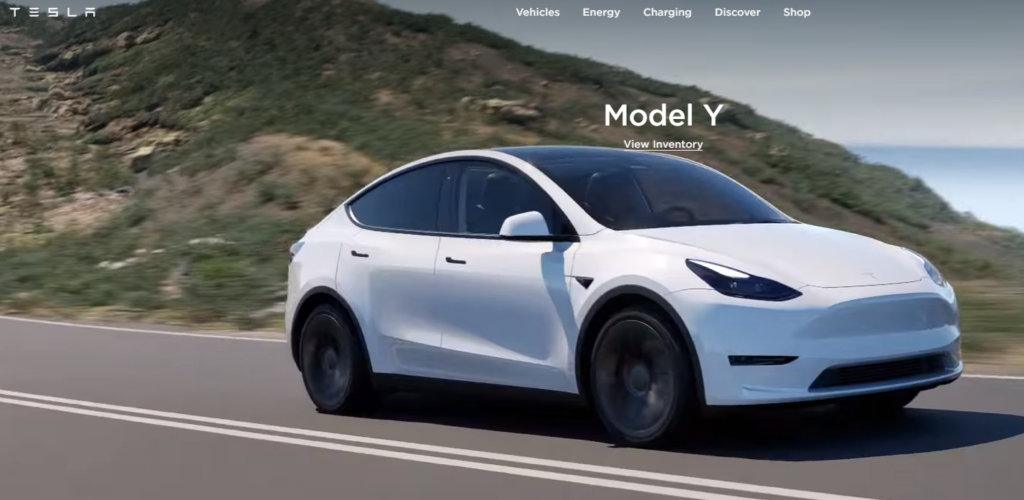As electric vehicles continue to gain traction in the auto market, one name stands out from the rest: Tesla. Known for their sleek designs, impressive range, and advanced technology, Tesla vehicles have captured the attention of many drivers. However, one frequently asked question among potential Tesla owners is, “How much does it cost to charge a Tesla?” This article seeks to answer this question by exploring various factors, including charging costs for different Tesla models, electricity rates, battery capacity, and how these costs compare to the expenses of fuelling a traditional gasoline vehicle.
Charging a Tesla is a cost-effective affair, especially when compared to the expenses associated with gasoline-powered vehicles. The exact cost, however, depends on various factors, including the specific Tesla model, the price of electricity, and the method of charging. The Model 3, Model Y, Model S, and Model X are the models in the lineup, each with its own battery capacity and range. We’re going to examine the costs associated with charging each of these Tesla models, based on the U.S. average electricity cost of 15.64 cents per kilowatt-hour (kWh).
On average, it costs $15.52 to charge a Tesla. However, the cost can fluctuate based on the specific model of the car, ranging anywhere from $10.95 to $18.14. Let’s break it down according to Energy Sage.

As Tesla’s entry-level offering, the Model 3 is lauded for its affordability, a factor that extends to its charging costs. The cost to fully charge the battery for different variants of the Model 3 are as follows:
Model 3 RWD: According to the most recent data from the EPA for the 2022 model year, which is the most comparable model they have on record, the Model 3 RWD needs around 70 kWh of energy to charge the battery. This costs approximately $10.95, offering a range of 272 miles, resulting in a charging cost per mile of about 4.03 cents.
Model 3 Long Range: In reference to the 2022 model, which is the most comparable model they have on record, the Model 3 Long Range requires 86 kWh of energy. The charging cost is around $13.45, providing a range of 358 miles, resulting in a charging cost per mile of roughly 3.76 cents.
Model 3 Performance: According to the most recent data from the EPA for the 2021 model year, which is the most comparable model they have on record, this variant needs around 94 kWh of energy, costing around $14.70 for a full charge and offering a range of 315 miles. This results in a charging cost per mile of around 4.67 cents.

The Model S, renowned for its long-range capabilities, has charging costs that vary depending on the specific variant:
Model S: In reference to the 2021 model year, which is the most comparable model they have on record, charging this variant requires about 114 kWh of energy, costing around $17.83. With a range of 405 miles, the charging cost per mile is about 4.40 cents.
Model S Plaid: According to the most recent data from the EPA for the 2021 model year, which is the most comparable model they have on record, the Model S Plaid variant requires approximately 116 kWh of energy, costing about $18.14 to fully charge, and offering a range of 396 miles, resulting in a charging cost per mile of around 4.58 cents.

The Model X, Tesla’s SUV offering, has relatively higher charging costs:
Model X: In reference to the 2021 model year, which is the most comparable model they have on record, a full charge for the Model X needs around 115 kWh of energy and costs about $17.99, providing a range of 348 miles. This equates to a charging cost per mile of roughly 5.17 cents.
Model X Plaid: According to the most recent data from the EPA for the 2022 model year, which is the most comparable model they have on record, charging the Model X Plaid also requires about 115 kWh of energy, costing about $17.99, but offers a slightly lesser range of 333 miles. This results in a slightly higher charging cost per mile of about 5.40 cents.

Finally, Tesla’s compact SUV, the Model Y, balances affordability and utility:
Model Y Long Range: In reference to the 2022 model year, which is the most comparable model available in their records, the Model Y Long Range requires about 91 kWh of energy, costing approximately $14.23 to fully charge, and providing a range of 330 miles. Hence, the charging cost per mile is about 4.31 cents.
Model Y Performance: According to the most recent data from the EPA for 2021, which is the most comparable model available in their records, this variant requires roughly 92 kWh of energy for a full charge, costing about $14.39, and offering a range of 303 miles. This results in a charging cost per mile of around 4.75 cents.
It’s important to note that these costs are estimates. The actual energy needed to charge the battery pack (in kWh) may be slightly higher, as some energy is lost during the charging process.
The expense of charging a Tesla can be influenced by several factors. While it’s usually more cost-effective than refueling a gas-powered vehicle, the cost gap depends on certain aspects. The following provides a deeper look into the key factors that can influence your savings when it comes to charging options.
Notably, the primary factor that will affect the cost of charging your Tesla is the source of electricity. For instance, you may be on a standard tariff with your local utility company, or you may opt for alternative electricity options like community solar, community choice aggregation (CCA), or green power plan (GPP). Subscribers to community solar generally have lower annual costs for charging their Teslas. However, standard offerings from utility providers might be more economical than a CCA or GPP. An additional approach to maximize savings is the installation of a rooftop solar system: once the system is paid off, charging your Tesla could essentially be free!
The battery size of a Tesla significantly impacts the overall cost of charging. Essentially, larger batteries demand more energy to charge, which in turn means a higher electricity consumption, translating to increased costs. However, there is a certain nuance to understand when talking about larger batteries. While it’s true that they demand more power and hence cost more to charge from zero to full, larger batteries also provide greater ranges. This means that the vehicle can travel longer distances on a single charge. Consequently, owners of Teslas with larger batteries may not need to charge their vehicles as frequently as those with smaller ones, assuming the travel distance remains constant.
Moreover, it’s worth noting that the cost per mile could potentially be lower for vehicles with larger batteries. This is because the total cost of charging is spread across a larger number of miles due to the increased range. So, while the upfront cost of charging a larger battery might be higher, the cost efficiency in terms of distance covered could potentially be better.
The charger level you use can also substantially impact the amount of energy that is lost in the charging process. This energy is not stored in the battery but lost as heat, used to maintain the battery’s temperature, or dissipated as ‘transmission loss’. Higher voltage charging generally results in less energy loss. Level 1 chargers (120-volt regular outlet chargers) and Level 2 chargers (208- or 240-volt standard home chargers) convert alternating current (AC) electricity from your home into direct current (DC) electricity, which can be stored in your EV’s battery. This conversion process generates heat, resulting in energy loss. Conversely, Level 3 chargers (400-volt chargers found at public charging networks), referred to as DC fast chargers, directly provide DC electricity, hence minimizing conversion losses. If you opt to use Tesla’s Superchargers, charging costs may vary as well. Let’s break it down according to where you charge your Tesla.
On the whole, a Tesla Supercharger station tends to charge a higher price per kilowatt-hour (kWh) compared to domestic utility providers. Hence, while it’s not the fastest solution to charge your Tesla, charging it at home, preferably overnight, is the most economical one. Simply plug it in upon arriving home and let your car recharge as you rest. With this approach, the need to stop by gas stations is eliminated, and you can take advantage of lower utility rates during off-peak hours, thereby conserving both your time and money.
The Wall Connector is often recommended as the most versatile solution for home charging. It is advisable to set up your home charging station prior to receiving your vehicle. While most installations can be completed within a few hours, the process of finding and scheduling an electrician may stretch up to two weeks. The cost of installation is influenced by the specific charging equipment for your home and the existing electrical system. A straightforward installation usually falls within the range of $750 – $1,500. However, if your installation requires additional components, the price will be adjusted to reflect these extras.
Depending on your location, the cost of electricity can significantly vary, affecting how much you pay to charge your Tesla. The Electricity cost data from the Energy Information Administration (EIA) shows that the regional cost of electricity and the subsequent cost per mile to charge your Tesla can differ substantially. For instance, regions like the Pacific Noncontiguous U.S. are likely to have higher costs, while the West South Central region of the U.S. typically has the lowest costs.
Moreover, residing in extremely hot or cold climates could increase the energy used to keep your Tesla’s battery at the correct temperature, resulting in lower charging efficiency. Hence, milder climates are generally better for EV charging.
Depending on your residential location, you may also encounter varying costs to charge your Tesla at different times of the day. Some utilities have rate structures that adjust the rate you pay for electricity throughout the day or year, based on electricity demand. These rate structures, known as time-varying rates, are unique to each utility but generally charge more during peak electricity demand periods, such as on hot afternoons. Therefore, it’s typically cheaper to charge your Tesla overnight if your area employs this type of rate structure.
While there are several factors to consider when it comes to the cost of charging your Tesla, it’s clear that careful planning and understanding of these elements can lead to significant savings over time. By taking into account factors like electricity source, battery size, charger type, geographical location, and charging timing, Tesla owners can make informed decisions that optimize charging costs and efficiency.
There are several methods to save money and make the most of your Tesla investment when charging it. Taking advantage of off-peak electricity pricing is one prevalent strategy. Many utility companies offer lower rates during off-peak hours, which are typically at night and early in the morning. You can greatly cut your charging costs by scheduling your Tesla to charge during these times. According to the Department of Energy, off-peak charging can save you up to 50% more than charging during peak hours.
Another way to save money is to charge your Tesla with solar power. Installing solar panels on your home can help offset the electricity used by your vehicle, resulting in long-term energy savings. While the initial cost of installing solar panels may be high, tax credits and rebates can help offset these costs, and the energy savings can make solar power a viable and sustainable solution for Tesla charging over time. The payback period for a solar system typically lies between 7 to 8 years, after which the cost of the solar system is usually less than the cost of electricity from your utility provider. Considering that a solar system can last for 25 to 30 years, and a Tesla vehicle can last between 22 to 37 years, the investment in solar energy can be fruitful. Once the solar system is paid off, you can produce electricity and charge your vehicle virtually for free.
Tesla’s Supercharger network also has the potential to save money. While using Superchargers is generally more expensive than charging at home, Tesla offers free Supercharger credits to customers on a regular basis as part of promotions or referral programs. You can save money on charging charges for long-distance travels or when you need a quick top-up by taking advantage of these offerings.
Finally, government and utility subsidies can lower the overall cost of owning and charging a Tesla. Federal tax credits and state-level rebates in the United States can assist defray the initial purchase price of an electric vehicle, while some utility companies offer further rebates or lower electricity prices to EV owners. Check with your local government and utility provider to find out what incentives are available in your area.
Although charging a Tesla can come with its costs, it’s important to compare these to the expenses associated with operating a traditional gasoline vehicle. As recorded in 2023, the average cost for regular gasoline across the U.S. stands at $3.58 per gallon. If we consider an average new car that gives a mileage of approximately 25 miles per gallon, the expense to cover 1,200 miles each month would amount to $171.84.
Contrasting this with the possible rise in your electricity bill due to charging a Tesla, which ranges between $35.92 and $71.84, reveals potential monthly savings of over $100 by opting for a Tesla. Of course, this figure can fluctuate depending on factors such as driving patterns, local fuel and electricity prices, and efficiencies of different vehicles, but it provides a rough estimate of possible savings.
By breaking it down, it’s clear that the cost per mile for charging a Tesla is significantly lower than that of fueling a gasoline vehicle, coming in at roughly one third the cost. This translates to an average cost of about 4.56 cents per mile for Tesla charging, contrasted with approximately 13.73 cents per mile for vehicles powered by gas.
So, how much does it cost to charge a Tesla? The cost of charging a Tesla and, more broadly, owning an electric vehicle is influenced by numerous factors, such as the source of electricity, battery size, type of charger used, geographical location, and even the specific timing of charging. While the upfront costs associated with EVs may be higher, the long-term operational costs are typically much lower compared to traditional gasoline-powered vehicles. This breakdown highlights the potential financial benefits of owning an electric vehicle like a Tesla. The ability to charge at home, coupled with the efficiency of electric power over traditional fuels, can lead to significant cost savings over time. It’s clear that owning a Tesla or other EVs is not just an environmentally friendly decision, but can also be an economically wise choice, particularly for those who drive regularly or long distances.
However, these potential savings do not come without their complexities and require a nuanced understanding of the factors at play, such as local electricity rates and even the climate of the area. As electric vehicle technology and infrastructure continue to advance, it’s likely that these costs will continue to decrease, making electric vehicles an even more attractive option for many. In the final analysis, the shift to electric vehicles like Tesla represents a significant potential for both environmental sustainability and cost savings. As more people become aware of these benefits and as the EV infrastructure continues to expand and improve, it is likely we’ll see an even greater acceleration in the adoption of these vehicles.
The cost of charging a Tesla at a Supercharger station varies depending on the location and time of day. On average, it costs around $0.28 to $0.32 per kWh at a Supercharger station.
According to Tesla, the cost of installation varies depending on your house charging hardware and electrical system. A simple installation can cost between $750 and $1,500. If more products are required to finish your installation, the price will be modified proportionately.
No, Tesla Superchargers are not free. Tesla owners are charged per kWh of energy used to charge their vehicle at Supercharger stations. However, Tesla does offer free Supercharger credits to customers on a regular basis as part of promotions or referral programs.
According to Energy Sage, if you take the average of all Tesla models, charging costs are $614.95 per year. Gas-powered cars cost an average of $1,850.42 per year to fuel. As a result, Teslas cost about $1,235 less to drive per year than gas vehicles. This is estimated by combining the average U.S. gas prices from AAA as of February 2023 and electricity prices from EIA data as of November 2022, as well as the DOT’s annual average mileage driven of 13,476 miles.
Stay a while and read more posts like this
Electric vehicles (EVs) are at the forefront of creating a more sustainable and cleaner future, representing much more than mere automobiles sans gas tanks. These...
For starters, not all charging stations are the same. In fact, Tesla charging stations are classified into three varieties, each with its unique charging time and...
In the wake of a transformative push for green and sustainable alternatives to traditional fuel-powered vehicles, electric vehicles (EVs) are rapidly moving from the...